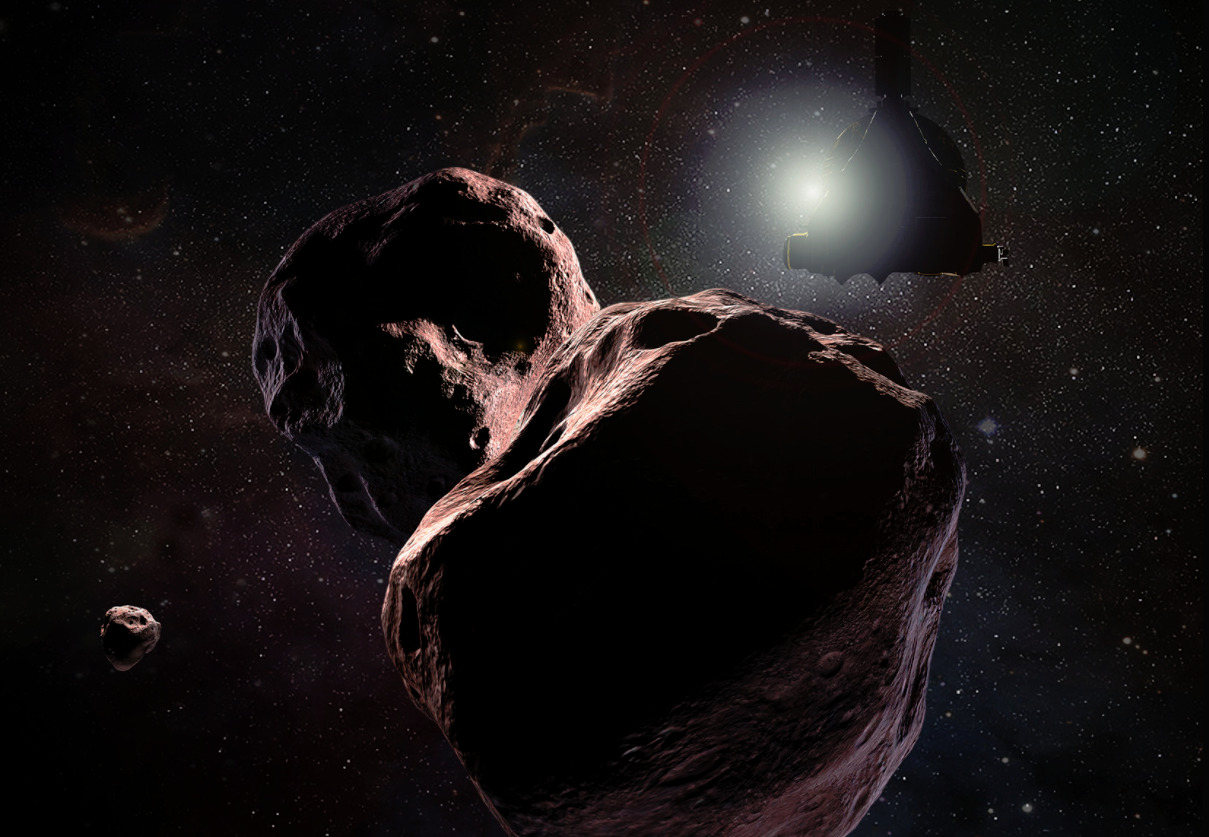NASA's New Horizons Is Poised For A Historic New Year's Day Flyby
It was back in August that NASA showed off images from its New Horizons spacecraft which had just spotted its next flyby target sitting a whopping 100 million miles away. Well, in the months since that updated the probe has been speeding along at over 30,000 miles per hour and, as luck would have it, it'll reach its current destination on New Year's Day.
The probe's current target is an object known as Ultima Thule. Ultima Thule is a frozen chunk of material left over from the earliest days of our Solar System, and researchers are incredibly excited to learn more about it.
Ultima Thule was originally discovered by the Hubble Space Telescope during a survey of the Kuiper belt, which is a ring of debris and objects of various sizes that orbit the Sun at distances far greater than even Neptune. The purpose of the survey was to find an object worthy of study by New Horizons, and scientists know very little about it.
Called a "relic" of the early Solar System, Ultima Thule is estimated to be anywhere from 25 to 45 kilometers in diameter, but astronomers will have a much better idea of its size and shape once New Horizons makes its close pass.
On January 1st, 2019, the spacecraft will come very, very close to Ultima Thule. Its current trajectory will take it within what NASA estimates to be just 2,200 miles of the object, which will be close enough to see the object in great detail. However, because New Horizons is going to be moving so fast as it passes the rock — around 32,000 miles per hour — it won't have long to make its observations.
On top of that, actually gathering the data from the spacecraft at such a distance is going to take a long time. NASA estimates that it could take around 18 months for New Horizons to send back everything it gathered during its flyby, so we'll have to wait a while before we learn everything there is to know about Ultima Thule.
